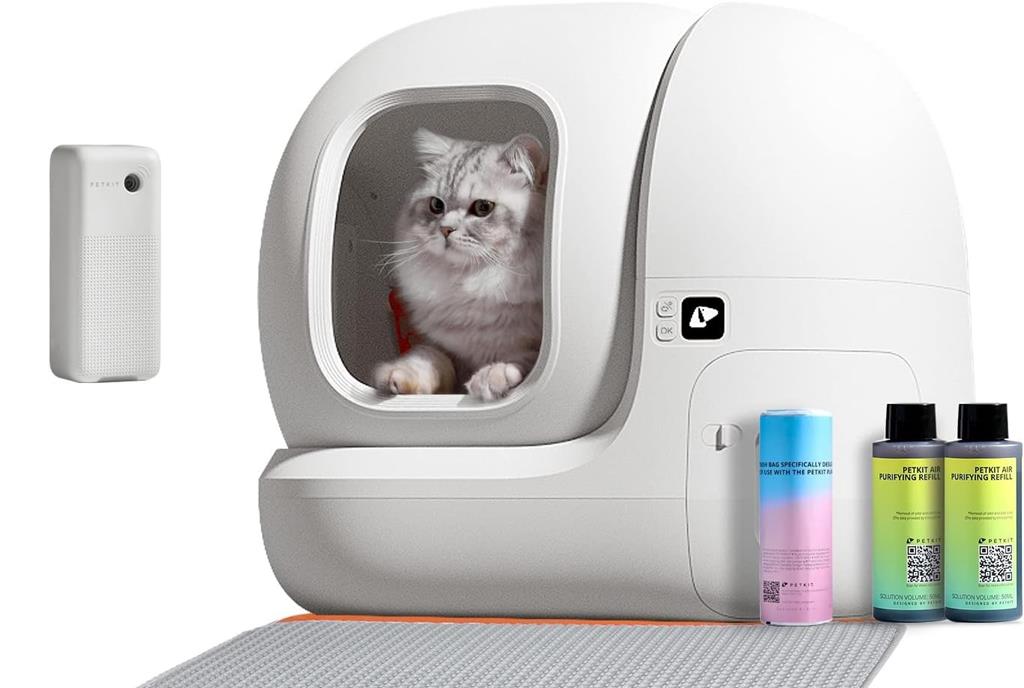Cat lovers know that our feline companions are creatures of comfort and independence. Providing them with a dedicated and well-designed space for their toileting needs is not only essential for their well-being but also for maintaining a harmonious household. Enter the cat litter box – a functional and vital piece of equipment that plays a crucial role in a cat’s daily routine. In this article, we’ll delve into the world of cat litter boxes, their importance, and the variety of options available to suit every cat’s preferences.
Understanding the Importance of Cat Litter Boxes
Cat litter boxes are essential for several reasons:
- Hygiene and Cleanliness: Cat litter boxes provide a contained area for cats to relieve themselves, helping to maintain a clean and odor-free environment in your home.
- Territory Marking: Cats have a natural instinct to mark their territory by urinating and defecating. A designated litter box helps satisfy this instinct and prevents accidents around the house.
- Stress Reduction: Cats are sensitive creatures that can become stressed by changes in their environment. Providing a consistent and easily accessible litter box can help reduce their anxiety.
- Indoor Living: For indoor cats, litter boxes are a necessity as they don’t have access to outdoor spaces for toileting.
Variety of Cat Litter Boxes
Cat litter boxes come in a range of styles and designs to cater to different preferences and living situations:
- Traditional Open Litter Box: This is the most common type of litter box, characterized by its open design. It’s suitable for most cats and is easy to clean.
- Covered Litter Box: Covered or hooded litter boxes provide more privacy for cats and help contain odors. However, some cats might prefer an open design to avoid feeling trapped.
- Top-Entry Litter Box: A top-entry litter box has a lid that cats must enter through. This design minimizes tracking of litter outside the box and offers privacy.
- Automatic Self-Cleaning Litter Box: These high-tech litter boxes automatically scoop waste, making maintenance easier. However, some cats may be startled by the noise or movement of these boxes.
- Sifting Litter Box: Sifting litter boxes have a tray that separates clumps from clean litter when lifted. This design helps reduce the amount of clean litter wasted during scooping.
Choosing the Right Cat Litter
The type of cat litter you choose is as important as the litter box itself. Consider these options:
- Clumping Cat Litter: Clumping litter forms solid clumps when wet, making scooping easier and minimizing odor.
- Non-Clumping Cat Litter: Non-clumping litter absorbs moisture but doesn’t form clumps. It needs more frequent changing and cleaning.
- Natural Cat Litter: Natural litters are made from materials like corn, wheat, or pine. They are biodegradable and eco-friendly.
- Scented vs. Unscented Cat Litter: While scented litter can help control odors, some cats may be sensitive to the fragrance. Unscented litter might be a better choice for sensitive felines.
Maintaining the Cat Litter Box
Proper maintenance of the cat litter box is essential to keep your cat happy and your home clean:
- Regular Scooping: Scoop waste daily to prevent odor buildup and provide a clean surface for your cat.
- Complete Cleaning: Completely empty and clean the litter box on a regular basis to prevent lingering odors and bacteria.
- Proper Placement: Place the litter box in a quiet and easily accessible location, away from busy areas and loud noises.
- Multiple Boxes: If you have multiple cats, provide one litter box per cat plus an extra to prevent territorial disputes.
Conclusion
A well-maintained cat litter box is a fundamental component of your cat’s daily life and contributes to the overall health and happiness of your feline companion. By understanding the different types of litter boxes and considering your cat’s preferences, you can provide them with a comfortable and inviting space for their toileting needs. Regular maintenance and attention to your cat’s behavior will help ensure that their litter box remains a haven of cleanliness and comfort in your home.



